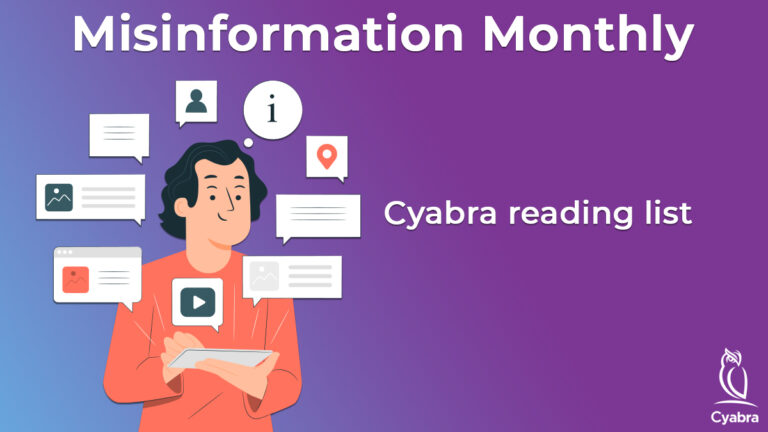Background
With a long history of diplomatic tension between China and Australia, relations in the first half of 2020 significantly deteriorated. In April 2020, Australian Prime Minister Scott Morrison called for an international investigation on the origins of the coronavirus, leading the Chinese government to dub this proposal as political manipulation. Since then, the two countries have entered a fierce trade war. Most recently, China imposed up to a 212% tariff on Australian wine imports, effectively cutting Australian winemakers from their largest market.
On November 19, Australia released a long-awaited report alleging that Australian troops had committed at least 39 unlawful killings in Afghanistan during the war. Tensions between Australia and China erupted further this week over the subsequent tweet by Zhao Lijian, a Chinese foreign ministry official and spokesman, who tweeted a fake photo of an Australian soldier holding a knife to the throat of an Afghan child. The text beneath the photo reads: “Don’t be afraid, we are coming to bring you peace!”

Cyabra conducted a randomized sampling of the profiles that engaged with this tweet, uncovering an orchestrated disinformation campaign originating from China.
Analyzing nearly 1,500 profiles that engaged with Lijian’s tweet, Cyabra detected that 57.5% of the accounts that engaged with the tweet are fake accounts working together to spread the harmful narrative published by Lijian.
The majority of these profiles were flagged as fake by Cyabra for many reasons, including the unusually low quality of the profiles analyzed.
Upon further analysis, Cyabra discovered that many of these accounts were only created in November 2020 and have one single tweet – a retweet of Lijian’s original tweet for the purpose of amplifying this post. The images below represent examples of these low quality, fake accounts created in November.

Lijian’s tweet reached an exceptionally high number of profiles due to the amplification of the post by the large network of fake accounts engaging with Lijian’s tweet.
Cyabra’s platform also analyzed the connections between these profiles. Below is a visual of the “cluster” surrounding the tweet and its engagement, in which the red nodes represent fake profiles and the green ones are real profiles.

Conclusion
Given the extraordinarily high number of fake accounts that engaged with Lijian’s tweet, it is clear that this is an orchestrated disinformation campaign. This network of profiles worked together to spread and influence the wider public. Cyabra’s experts conclude that there is a high probability that a single, malicious entity (possibly a state actor based on the nature of the online campaign) orchestrated and managed all of the fake activity surrounding this tweet.


